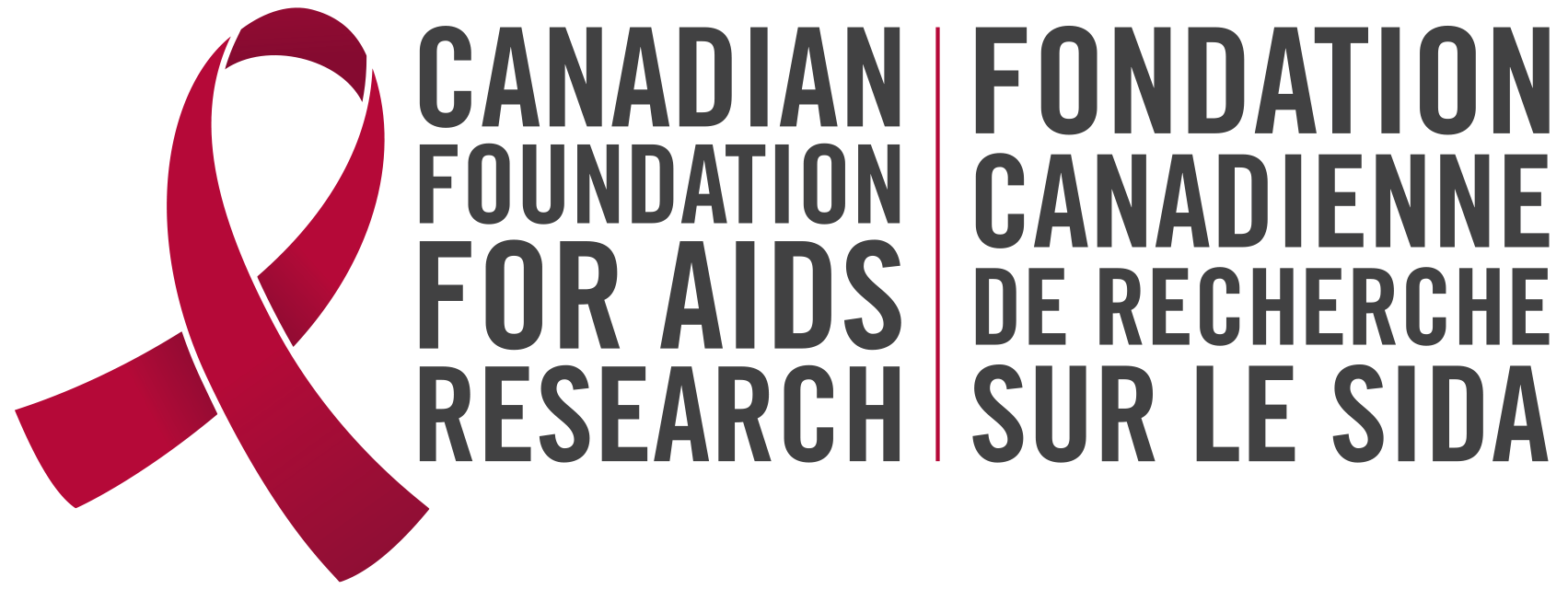Prevention
Today, there are a range of options available to prevent HIV.
Condoms remain a highly effective option at lowering the chance of HIV transmission as well as other sexually transmitted infections (STIs). However, there are more options to consider as effective prevention methods.
Listed below are a range of preventative tools. In order to be highly effective, these tools should be used consistently and correctly.
Condoms
When having sex, condoms are an affordable and effective way of preventing HIV and other sexually transmitted infections.
Pre-Exposure Prophylaxis (PrEP)
This is a daily pill taken by HIV-negative people that stops HIV from establishing itself in the body.
To learn more about PrEP click here, or talk to your doctor to see if it’s right for you.
Post Exposure Prophylaxis (PEP)
This is an emergency pill that can be taken within 72 hours of potential exposure to HIV to prevent infection.
Once prescribed, it must be taken daily for 28 days.
U=U (Undetectable = Untransmittable)
People living with HIV who consistently adhere to treatment and maintain an undetectable viral load cannot sexually transmit HIV.
When a person living with HIV is on effective treatment, they can maintain an undetectable viral load, which means that they cannot pass on HIV to their sexual partner(s). When HIV is undetectable, it’s untransmittable (U=U).
If you are HIV+, take treatment and maintain an undetectable viral load, you can have sex knowing that you won’t pass HIV to your sex partner. Learn more about U=U.
CANFAR endorses the science behind U=U and stands in solidarity with an international network of stakeholders who have endorsed the consensus of the Prevention Access Campaign. The message of U=U empowers people living with HIV to be linked and retained in care, which is essential for optimal health and well-being.
Harm Reduction
These are a set of non-judgmental approaches, practices and strategies grounded in the belief that if people are going to engage in “risky” behaviours, they will do it in the safest way possible.
Harm reduction methods provide a safe, supportive and non-judgmental environment to educate people on how to make informed decisions about their own drug use and sexual practices. Harm reduction sites, such as Supervised Consumption Sites (SCS) and Overdose Prevention Sites (OPS) allow people who use drugs to do so in a safe space, providing them with support as needed, in order to prevent and treat diseases such as HIV/AIDS.
